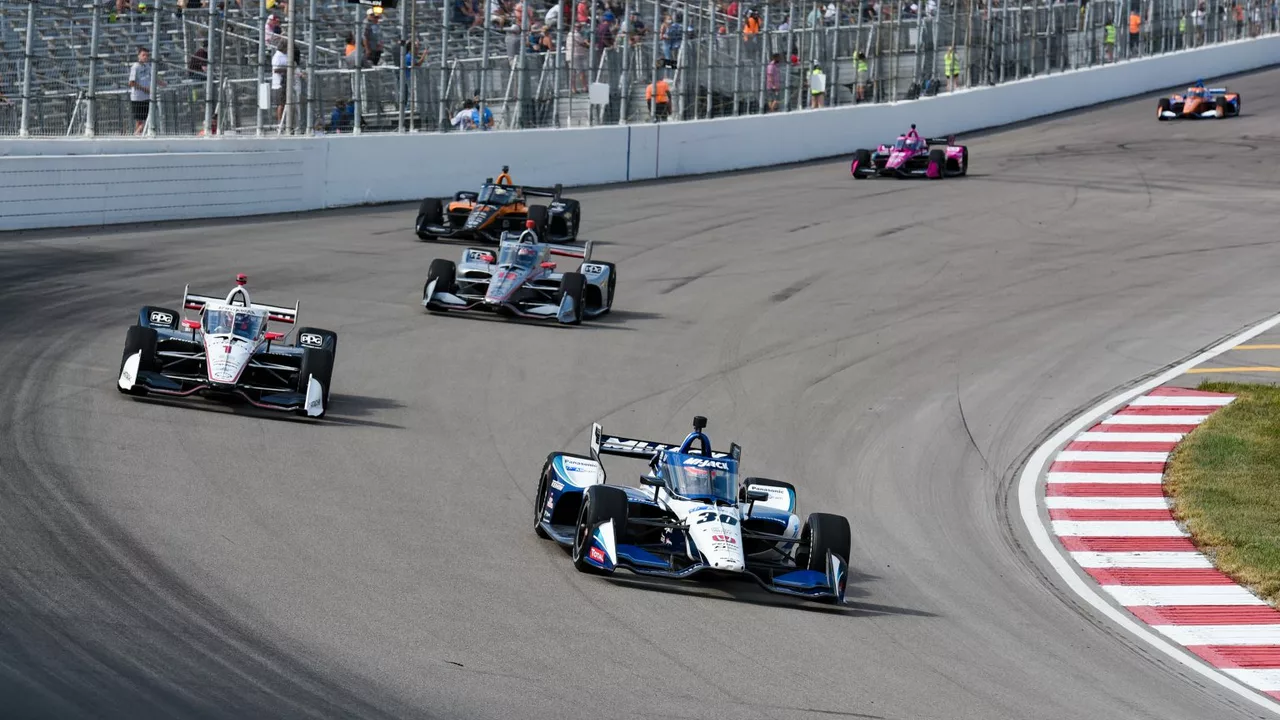Motorsports Analysis: IndyCar vs Formula 1 – Why One Is Global and the Other Isn’t
If you watch racing, you’ve probably wondered why Formula 1 is on every continent while IndyCar stays mostly in the US. The answer isn’t a single reason; it’s a mix of track choices, branding moves, technical rules, and how each series talks to fans. In this analysis we break down the real factors that keep IndyCar from going global and why F1 keeps expanding.
Circuit Choices and Audience Appeal
IndyCar’s schedule is built around ovals, street circuits and a few road tracks, all of which sit in North America. Ovals are a uniquely American spectacle – the high‑speed, side‑by‑side racing that attracts local crowds but feels foreign to many overseas fans. When a series leans heavily on a format that only a niche audience knows, it limits its reach.
Formula 1, on the other hand, visits iconic venues in Europe, Asia, the Middle East and the Americas. Each Grand Prix offers a distinct challenge – be it the twisty streets of Monaco or the high‑altitude speeds of Mexico City. This variety keeps the sport fresh for global viewers and gives local markets a race they can claim as their own.
Branding, Tech and Market Strategy
F1 invests heavily in marketing. From high‑budget TV deals to social media campaigns, the brand is everywhere. The sport also pushes cutting‑edge technology – hybrid power units, aerodynamics, data analytics – which attracts tech‑savvy fans and sponsors eager to be part of an innovation story.
IndyCar’s tech is more standardized to keep costs down, which is great for teams but less exciting for fans who love the engineering drama. Without the same tech hype, IndyCar relies on driver personalities and race drama alone, which isn’t enough to capture worldwide attention.
Another piece of the puzzle is how each series handles its media rights. F1 signs global agreements that put races on the biggest networks in each region. IndyCar’s deals are more US‑centric, limiting exposure abroad. When you can’t watch a race easily, you won’t follow it.
Lastly, the cultural pull matters. F1 has iconic teams like Ferrari and Mercedes that have built legacies over decades. Those names carry weight far beyond the track. IndyCar’s teams are less known internationally, so they don’t create the same aspirational pull.
All these factors – circuit selection, tech spectacle, aggressive branding and cultural legacy – stack up to keep Formula 1 on the world stage while IndyCar remains a strong, but mostly domestic, series. Understanding these differences helps fans see why the two championships feel so distinct, even though they both deliver high‑speed thrills.
Why has IndyCar never gone global like Formula 1?
In my exploration of why IndyCar has not achieved global recognition like Formula 1, several factors emerge. Firstly, IndyCar is predominantly focused on American circuits, with a unique blend of oval, road, and street courses that don't appeal to international audiences as much. Second, Formula 1's aggressive marketing and branding strategies have given it a significant edge and international appeal. Furthermore, the technical differences and regulations between the two make IndyCar less appealing to global viewers who prefer the technology-driven nature of Formula 1. Lastly, the level of competition and the iconic status of Formula 1 teams and drivers has also contributed to its global dominance over IndyCar.
